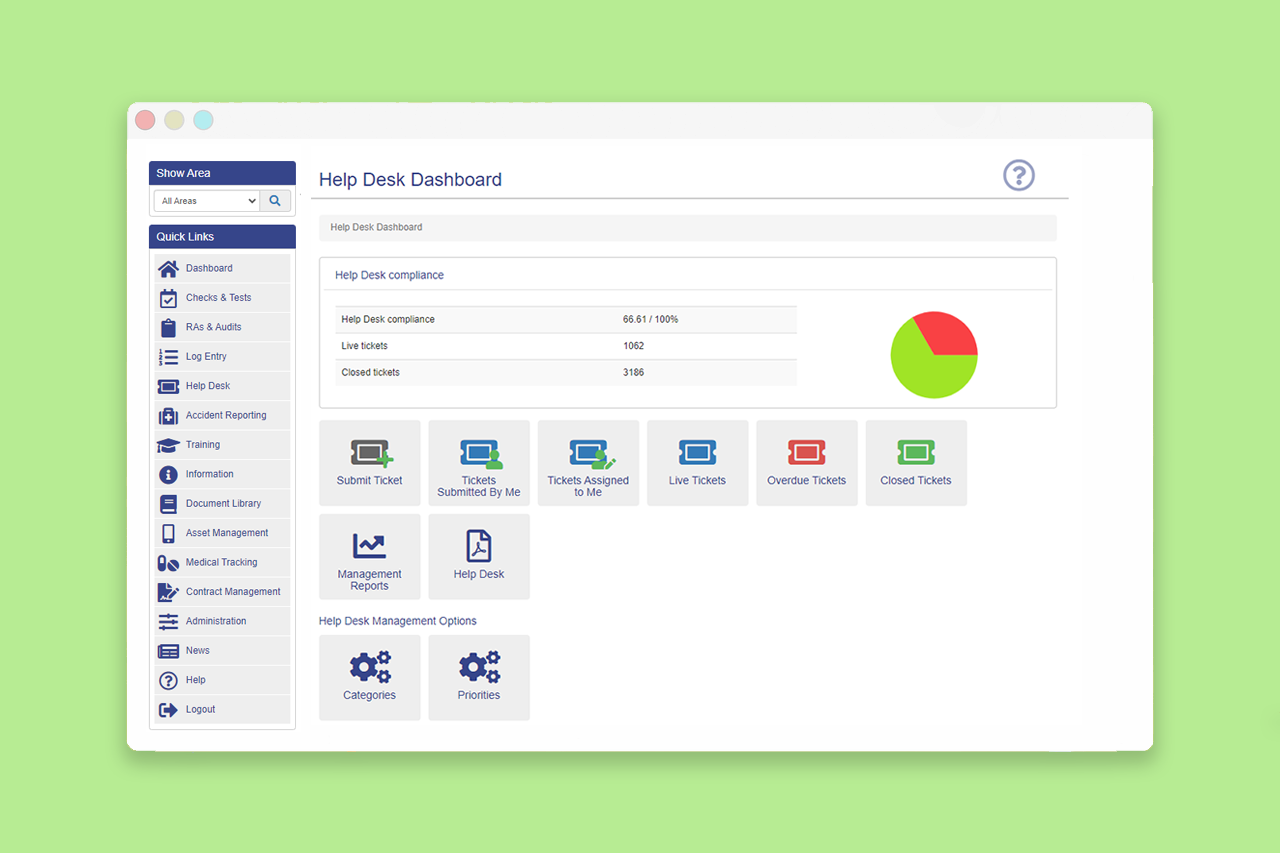Home / News / A Guide to Fire Safety Information for Landlords
A Guide to Fire Safety Information for Landlords

Landlords have many obligations when it comes to health and safety within their buildings and protection against fire is no different. The regulations which cover fire safety include both the Housing Act (2004) and the Regulatory Reform or Fire Safety Order (2005). In accordance with the Fire Safety Order, landlords or their equivalent (building managers, owners etc.) become the ‘responsible person’ of their premises. This person is obliged to complete a fire risk assessment for their property and make any necessary modifications in accordance with this assessment. The overall process can become quite complex due to the various combinations of factors which can affect many premises. With this in mind, the following is a quick and simple guide to fire safety information for landlords.
Identification
When completing a fire risk assessment, the landlord’s first step is to identify potential hazards and any individuals who could be at risk. When inspecting a property for hazards, the responsible person should look for three different things- sources of ignition, sources of fuel and oxygen. Sources of ignition can include everything from cigarettes and electrical equipment to candles and even lighting. Sources of fuel, which is basically everything but obviously highly flammable materials will be most at risk. Finally, the responsible person should take into account sources of oxygen but this will normally be the same across standard properties.
Another important aspect of the risk assessment is identifying the potential escape route available to residents and employees. The landlord should look into factors such as room arrangement, outdoor fire escapes and communal areas.
When identifying people at risk, the assessment should not only cover those that live or work at the premises but anyone who could possibly be there during a fire. This can include, friends, family members and custodial workers. The landlord should then assess how each person will escape the property in the event of fire. Considerations should be made to age, language barriers and disability as well as many other important factors.
Modification
Once all of the hazards have been identified as well as the people at risk, the responsible person should make the necessary changes to remove these hazards. Obviously, not all risk can be removed from an environment but the landlord can make all of reasonable modifications available. This can include a wide range of changes, including the installation of fire detection systems, extinguishers or even fire doors. Landlords may also have to create an emergency plan which include information on any special considerations given to particular individuals. All of those involved should be informed of these changes and the responsible person is obliged to offer further information. This can include fire safety tips for residents and possibly even training sessions for workers.
Review
Safety measures are only effective as long as they still apply. It is for this reason that landlords are required to review their fire risk assessments regularly. The regularity of this review is up to the responsible person but the more frequent the better. Also, a review should be carried out immediately if any changes take place within the premises, e.g. new residents move in, the layout is changed, heating changes etc.
It should also be noted that the responsible person will have to complete a new fire risk assessment if there are any changes within the legislation (unless otherwise stated).
This is only a brief look at fire safety information for landlords. Much more information can be found online, including further details on the risk assessment process. Landlords can also find out more about the type of buildings which are affected by this legislation and whether this is relevant to them.



